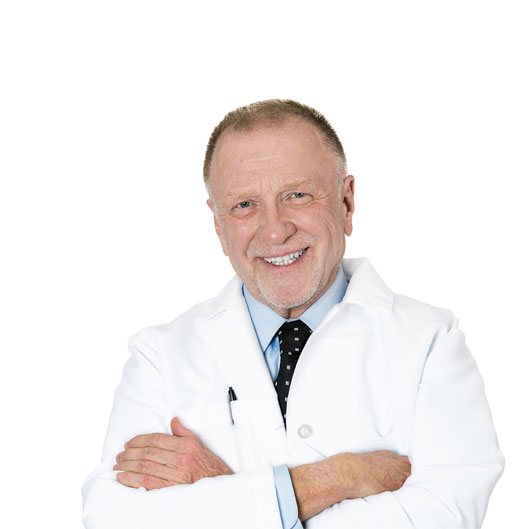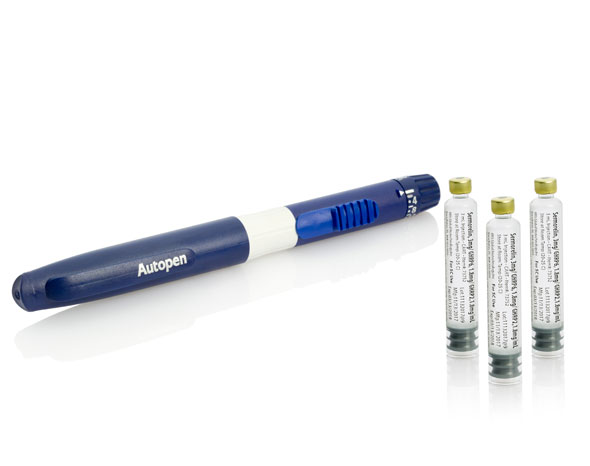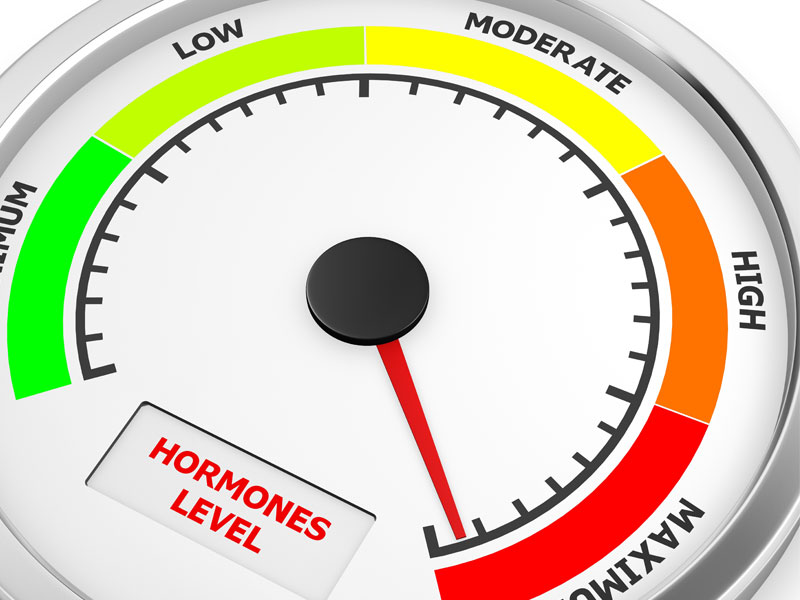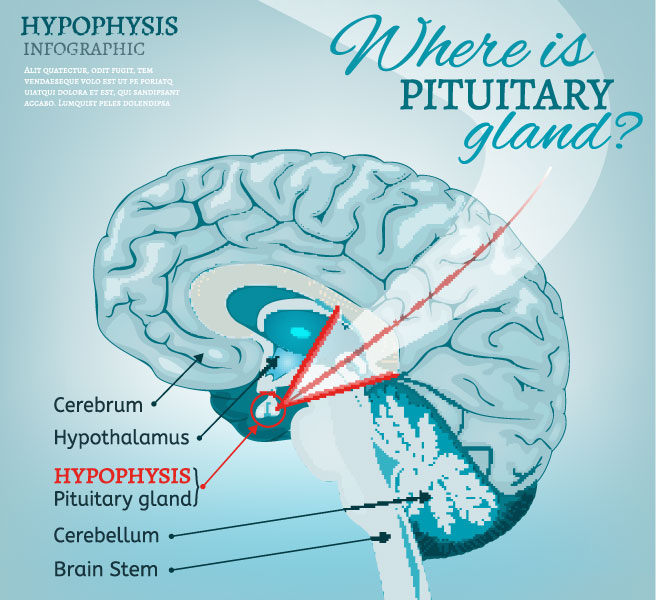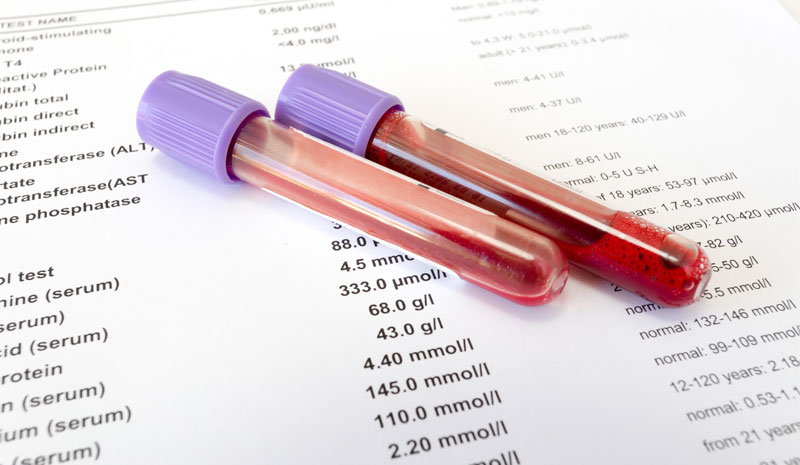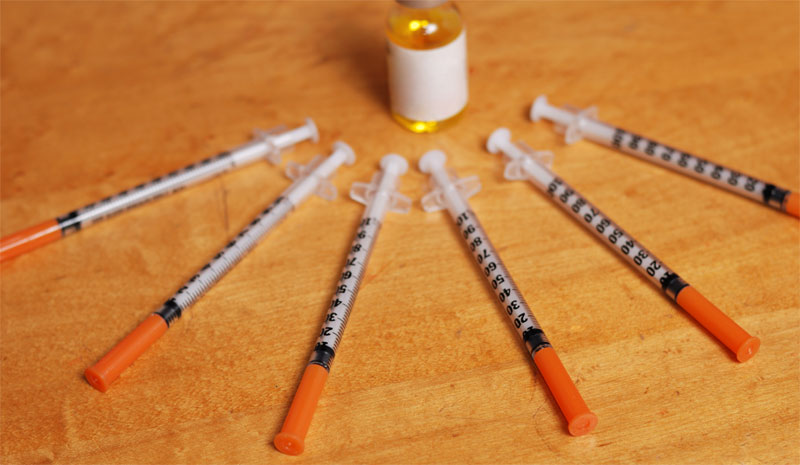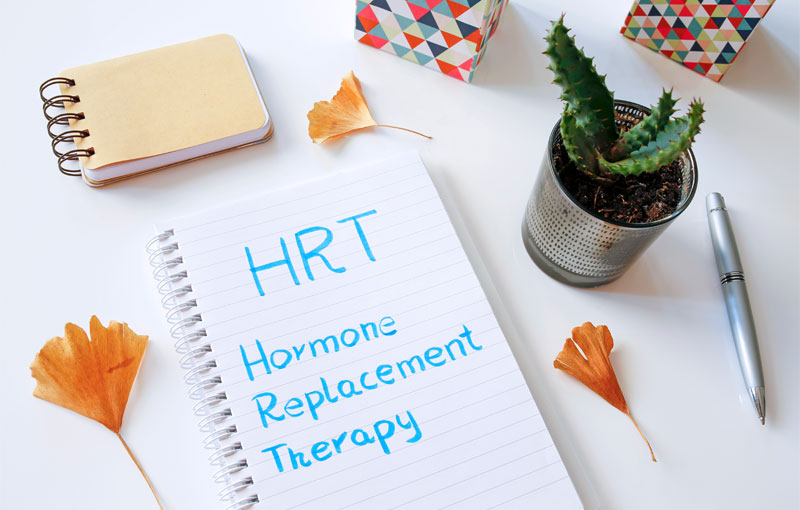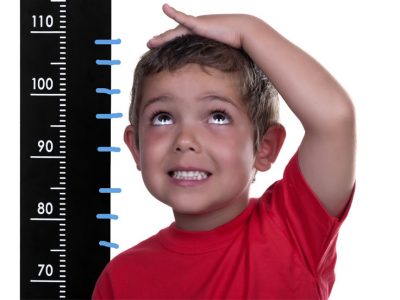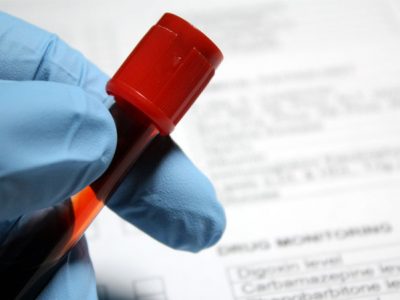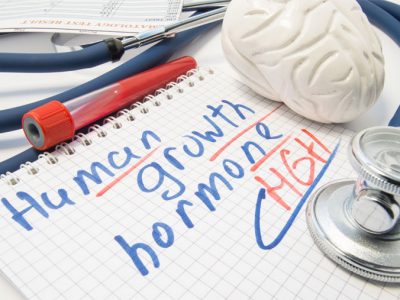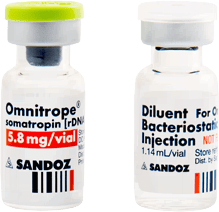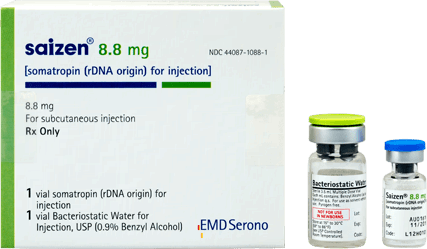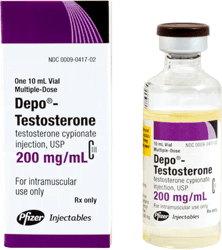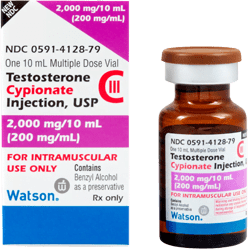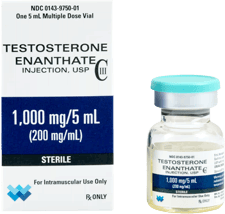- Home
- Growth Hormone
- Growth Hormone
- Growth Hormone Deficiency
- Growth Hormone Therapy
- Growth Hormone Injections
get startedThe Most Effective Hormone Replacement TherapiesWhat is the Standard for Normal Growth Hormone Levels in Adults?
- There is not a definitive “normal level” for growth hormone. There is a “normal range,” based on your size, weight, and age.
- A diagnoses of low HGH levels is determined by your blood level, relative to your body mass index.
- If you are diagnosed with growth hormone deficiency, the safest and most effective treatment is prescription growth hormone injections.
Growth hormone, or HGH, is one of the most important pituitary hormones. HGH is a vital regulatory hormone responsible for growth in children and a wealth of biological processes in adults. Normal growth hormone levels vary with age.
HGH plays a critical role in children as well as adults. While the symptoms can be quite a bit different, both children as well as adults can suffer from growth hormone deficiency or GHD. The main symptom of GHD in children is any kind of change in normal growth patterns or any kind of aberrant growth.. In adults, there are a number of symptoms, the most significant of which are weight gain and loss of lean muscle mass.
GH deficiency in children is usually the result of some form of genetic disease. GHD in adults can sometimes be caused by a childhood GHD that continues into adulthood. However, the most common cause of inferior HGH secretion in patients with adult onset-GHD is age-related GH decline.
This is why it is so important to understand the normal human growth hormone levels in healthy children, the medical tests for HGH levels in adults, and how GHD is treated with growth hormone therapy. HGH injections are only available with a prescription from a licensed physician or other medical professional.
Normal Growth Hormone Levels in Children
HGH is essential for children to grow into healthy adults of full stature. Generally speaking, the normal growth hormone levels for children are 10 to 50 ng/mL or 440 to 2200 pmol/L. These levels are detected in children via an HGH blood test.
However, it is important to keep in mind that normal HGH level ranges in children can vary from testing lab to lab.
When speaking of abnormal HGH levels in adults and children, we are usually discussing lower-than-normal HGH levels caused by pituitary hormone deficiencies. However, sometimes pituatry malfunction can cause higher than normal levels.High HGH levels associated with high IGF-1 concentrations and normal GH and IGF-1 receptors can cause gigantism in children and acromegaly in adults:
Normal Growth Hormone Levels in Adults?
Is there a normal growth hormone level for adults? That is a very good question. Even in an individual hormone levels like HGH vary throughout the day. There is even greater variability in what is considered normal HGH levels from one person to another.
So-called "normal" HGH levels in adults are not the same for everybody. The right amount of HGH for any given individual varies based largely on size and weight. Therefore, what is considered a normal hormone level for you is based heavily on your size, weight, and age.
However, even though it could be difficult to state a textbook normal figure HGH levels, doctors use the following criteria, based on Body Mass Index (BMI), to form a diagnosis of HGH deficiency in adults when using an HGH stimulation test:
- Peak HGH level less than11.1 mcg/L in patients with BMI less than 25
- Peak HGH level less than 8.1 mcg/L in patients with BMI of 25 to less than 30
- Peak HGH level less than 4.1 mcg/L in patients with BMI equal to or greater than 30
So-called “normal” growth hormone level is not the same for everybody. The right amount of HGH for any given individual varies based largely on size and weight. Therefore, what is considered a normal growth hormone level for you, is based heavily on your size, weight, and age.
What Is the Normal Growth Hormone Levels by Age in ng/mL
Your HGH levels are measured in nanograms per milliliter, abbreviated ng/mL. In adults, HGH levels tend to fluctuate throughout the day, so rather than specifying an exact normal GH level for adults, labs and healthcare providers express the normal growth hormone level for adults as a range. The so-called normal GH level for adults will also vary with age.
The normal HGH level in healthy adults and pediatric patients, as per Mosby’s® Diagnostic and Laboratory Test Reference, 16th Edition, range in nanograms per milliliter is as follows
- Men – < 5 ng/mL
- Women – < 10 ng/mL
- Newborns – 5-23 ng/mL
- 1 week – 2-27 ng/mL
- 1-12 mos – 2-10 ng/mL
- 1 year (female) – 0-10 g/mL
- 1 year (male) – 0-6 ng/mL
The normal GH levels for older children vary with age and gender; ask your doctor or healthcare provider what is normal for your child.
HGH levels decline as you age. That drop in growth hormone, while necessary to some degree, also can cause the symptoms of growth hormone deficiency.
Are the Normal Levels for Growth Hormone Levels Different for Women and Men?
The above parameters are used to diagnose GHD after HGH testing. Doctors also have a range of what is considered the normal HGH levels in healthy adults. What is considered a normal HGH level is somewhat different for adult males versus adult females. The ranges for normal HGH levels in adults are as follows:
- Men: < 5 ng/mL or < 226 pmol/L
- Women: < 10 ng/mL or < 452 pmol/L
Why Is It Important to Understand the Normal HGH Level in Adults?
It is important for doctors to know and understand the ranges of what is considered a normal HGH because inadequate amounts of HGH can be indicative of any number of health issues. A below-normal HGH level could mean:
- Pituitary gland tumor (mostly benign adenoma)
- Nonpituitary gland tumor: Some tumors located in the lungs, adrenal glands, pancreas, or elsewhere can secrete either HGH or HGH-releasing hormone (GHRH), and the latter can stimulate the production of HGH by the pituitary gland
- Specific genetic conditions
Even in the absence of any of the above conditions or causes, a lower-than-normal GH level could mean that you are suffering from adult-onset or age-related growth hormone deficiency.
Normal HGH Levels and Diagnosing Growth Hormone Deficiency in Adults
GHD in children is fairly easy to spot since it typically results in slow growth and failure to reach age-appropriate milestones.
GHD occurs in adults as well. Detecting GHD in adults is somewhat more difficult.
It is an unfortunate fact of life that hormones like HGH decrease as we age. It has been long known to medical science that the rate of HGH secretion by your pituitary gland is highest around puberty, and it steadily drops year by year after that. This age-related decline in HGH levels involves more than just a drop in HGH levels in the blood..
A number of other hormonal changes occur as we age that all influence HGH levels. For example, your ability to produce insulin-like growth factor-1 (IGF-1) and growth hormone-releasing hormone (GHRH) also decreases over time. Low levels of IGF-1 are a major contributor to GHD as the majority of the growth-promoting effects of HGH are through IGF-1 acting on its target cells. In fact, rather than a routine blood test, IGF-1 tests are often used to diagose growth hormone deficiency.
While we have long known that HGH levels drop the older you get, exactly why this happens is still not 100% understood by medical science, but we believe it has something to do with increased secretion of GH-inhibiting factors. These are necessary to arrest the production of HGH once you reach adulthood so that problems, such as acromegaly do not occur from too much HGH once you are fully grown.
However, the decreased production of HGH, while necessary to some degree, also leads to the symptoms of adult-onset or age-related growth hormone deficiency. Manifestations of growth hormone deficiency can vary from patient to patient. The symptoms of growth hormone deficiency in adults include:
- Unusual weight gain, particularly belly fat
- Changes in cholesterol levels, muscle strength and bone density
- Fatigue
- Reduced insulin tolerance
- Weakness
- Sleep difficulties
- Difficulty building muscle
- Cognitive problems and memory loss
- Sexual Health Issues
If you are an adult over 40 and are exhibiting any number of the above symptoms, your doctor will likely want to have you tested for a growth hormone deficiency. There are a number of ways to test for growth hormone deficiency in adults. However, they all start with drawing blood. Adults with signs of GHD should GHD should contact their healthcare professional to have their hormone levels tested. If you have low levels of HGH, it is possible you have other hormonal issues as well, such as low testosterone or thyroid deficiency. Our doctors can test for all of these issues and more.
Testing For Normal Growth Hormone Levels in Adults
Since normal value ranges of HGH in your blood change during the day and vary from day to day, taking typical blood samples via a traditional blood draw is not how we test for HGH. A test that simply measures the presence of HGH in your blood is not adequate enough to achieve a diagnosis of growth hormone deficiency. Something more sophisticated, known as stimulation testing, is required.stimulation testing is required.
The way we test for growth hormone deficiency in adults is to use what are known as “stimulation tests.” Rather than testing for the presence or level of HGH in your blood at any given time, HGH stimulation tests introduce a medication that is supposed to stimulate your pituitary gland to release HGH.. Similarly, a test that stimulates the release of another hormone related to HGH, IGF-1, may also be used.
The following chart (provided by LabCorp, our testing facility) shows the normal IGF-1 levels based on age and gender.
Normal ranges of IGF-1 are measured in nanograms per milliliter, abbreviated ng/mL. Ng/mL is the unit of measure most commonly used to express drug testing cut-off levels and quantitative test results in urine and blood. A nanogram is 1×10-9 Grams.
AGE In Years
Male (ng/mL)
Female (ng/mL)
31 to 35
88−246
73−243
36 to 40
83−233
69−227
41 to 45
75−216
62−204
46 to 50
67−205
57−195
51 to 55
61−200
53−190
56 to 60
54−194
46−172
61 to 65
49−188
42−169
66 to 70
47−192
38−163
71 to 75
41−179
37−165
76 to 80
37−172
35−165
81 to 85
34−165
34−172
86 to 90
32−166
34−178
>90
Not Established
Not Established
These HGH stimulation tests may be used alone or in combination.In some cases, deficiency is highly suspected, additional tests of pituitary function are done.
Keep in mind that the definition of a normal response to the stimulation test varies by age, sex, and testing center. In children diagnosed with GHD based on stimulation testing, follow-up for other abnormal hormone levels will likely be recommended.
There could be contraindications for stimulation tests. Be sure to tell your doctor or healthcare provider about any medical conditions you may have and about all the medications you may be taking.
What Happens If I Have Below Normal HGH?
Low levels of HGH can lead to a number of health concerns and GH-related conditions.
The medical treatment for lower-than-normal growth hormone secretion is GH replacement therapy.
If you have below-normal HGH levels and symptoms suggestive of GHD, based on the results of your HGH tests, you will likely be given a prescription for HGH.
Growth hormone injections are the safest and most effective treatment for GHD in adults. The only way to receive authentic HGH therapy is with a doctor’s prescription. If you feel you may have less than normal levels of HGH, see your doctor. You cannot effectively return your HGH levels to normal without a prescription for HGH replacement therapy. Attempting to use HGH without a prescription or proper medical supervision can severely increase your risk of adverse effects or medical emergencies.
Depending on your diagnosis and symptoms, you may also be prescribed additional hormone replacement, such as testosterone therapy.
Legitimate HGH injections are available from several different pharmaceutical companies under many name brands. Some of the most common injections prescribed to treat GHD are:
- Genotropin
- Omnitrope
- Norditropin
- Humatrope
- Saizen
These differ only in their level of “quality,” their available dosages, and their delivery methods. Your medical professional will decide which is the right HGH prescription for you based on your personal needs and lifestyle.
Regardless of which brand you are prescribed, HGH replacement therapy is the safest and most effective form of treatment for adults with below-normal levels of HGH.
Will Growth Hormone Therapy Return My HGH Levels to Normal?
HGH replacement therapy is designed to return HGH levels to normal. In children, this has positive effects on height velocity, height gain, and height response.
If you are an adult and have had your HGH levels tested and received a diagnosis of adult growth hormone deficiency, HGH does NOT cause an increase in adult height, but, you can expect to see many benefits from HGH, such as increased muscle mass, loss of fat, and renewed energy.
For adult patients who have been diagnosed with age-related GHD, once your hormone levels are returned to normal, you can expect to see:
- Improved fat metabolism, resulting in lower body mass index (BMI)
- Increased energy and stamina
- A return of more restful sleep
- Decreased levels of fat
- Decreased body weight
- Decreased risk of cardiovascular disease
- Improved memory and other cognitive functions
- Improved bone strength and bone density
- Decreased anxiety and improved mood
- Increased libido and improved sexual performance
- Stronger bones and a lowered risk of osteoporosis
In addition, HGH injections can also improve heart health by helping to reduce cholesterol and open blood vessels that have been clogged with arterial plaque.
Some forms of GHD in children may require lifelong treatment. HGH therapy for adults is usually prescribed for a course of six months, after which you will be re-evaluated for the need for continued medical treatment.
Make the Right Choice About Growth Hormone Therapy
HGH plays a crucial role in your overall health and well-being. If your doctor suspects deficiency and your HGH levels are found to be below normal, deciding to take HGH injections is the right choice to make.
If the results of your HGH blood test indicate that you have GHD, if you do not accept this therapy, your condition will only get worse.
On the other hand, for adults who have low levels of HGH, HGH can give them the boost they need to once again live life to the fullest!
Now that you know a lot more about the normal HGH levels by age and how we determine normal hormone levels in adults, why not Contact Us and learn more about the benefits of HGH?
Growth hormone injections are the safest and most effective treatment for growth hormone deficiencies in adults. The only way to receive authentic growth hormone therapy is with a doctor’s prescription.
read this next
How Do I know If I Have a Growth Hormone Deficiency?
Human growth hormone, or HGH, is one of your body’s most critical hormones. How do you know if you have a growth hormone deficiency?…read moreBlood Test for Growth Hormone & Testosterone Levels
Both testosterone levels and your HGH levels are determined by blood tests. Human growth hormone (HGH) and testosterone are critical hormones for both men…read moreWhat Tests are needed before Growth Hormone Treatment?
Before you can start any kind of growth hormone treatment you must have your growth hormone levels tested. Legitimate growth hormone therapy can only…read moreIs There a Blood Test for Growth Hormone Deficiency?
Men, women, and children can all suffer from growth hormone deficiency, or GHD. Regardless of your age or gender, the diagnostic tests for GHD…read more - Growth Hormone Therapy

